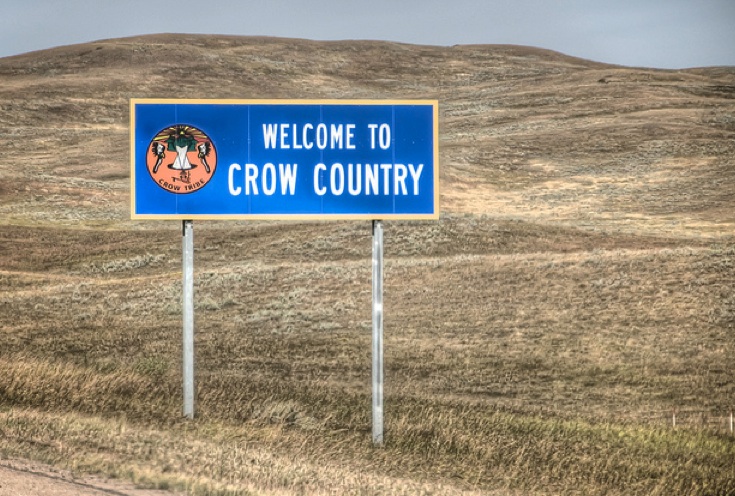To judge by the headlines and media chatter, the only important issue involving American Indians in Washington these days has to do with changing the name of the local pro football team. Those who care about real-world Indians might want to focus instead on how the Obama administration’s hostility to the coal industry does more harm to Native Americans than any NFL franchise ever will.
The Environmental Protection Agency recently ramped up its attack on coal by issuing stringent limits on carbon-dioxide emissions from new coal-fired generating plants, and the agency has more regulations in the works for existing power plants. The rules are considered tough enough to prevent any new coal plants from being built in the U.S. Such policies are just more bad news about coal in Indian Country, where the economic potential from energy is huge but the federal government virtually prohibits its development.
Consider this: Indian reservations contain almost 30% of the nation’s coal reserves west of the Mississippi, as well as significant deposits of oil, natural gas and uranium. The Council of Energy Resource Tribes, a tribal energy consortium, estimates the value of these resources at nearly $1.5 trillion. Yet these energy resources on Indian lands remain largely untapped, helping to lock Native Americans in a poverty trap. Indian incomes are about a third of those for all U.S. citizens, and unemployment rates are four times the national average.
The Crow Indian reservation in Montana, with an unemployment rate of nearly 50%, for example, sits on one of the nation’s largest coal reserves. Approximately half of the tribe’s annual $27 million general fund comes from coal, but federal regulations prevent the tribe from fully capitalizing on this energy asset. The EPA’s emission regulations makes building new plants impossible, and the Interior Department’s approval process for all tribal coal leasing is slow and cumbersome. At a September meeting between tribal leaders and Democratic Sen. Maria Cantwell at the University of Montana, Crow tribal chairman Darrin Old Coyote put it plainly: “The war on coal is a war on our families and our children.”
The damage by government policy can come in a variety of forms. The Crow tribe has nine billion tons of clean coal that could easily be shipped to generating plants anywhere in the U.S. or exported to Asia. But many cities and towns along rail routes, citing concerns about train safety and the health effects of coal dust, are trying to limit coal-train traffic. Port cities such as Seattle and Portland are holding up construction of export terminals on the grounds that U.S. coal will contribute to global warming.
Making matters worse, the Bureau of Indian Affairs—the agency that oversees Indian interests—also limits reservation energy development. The BIA severely restricts Indians’ right to control their own land and, as a result, has left energy resources on reservations virtually moribund.
The BIA’s regulations also are impairing energy development on the Fort Peck Reservation in northeastern Montana by requiring an archaeological assessment before a company can begin oil and gas exploration on the reservation. Fort Peck tribal councilman Stoney Anketell notes the absurdity of this requirement: “We’re not shortchanging the need for archaeological reviews, but on land that has been farmed for 70 years? It’s been tilled, plowed, planted, harvested. There’s no teepee rings.”
On the Fort Berthold reservation in North Dakota, special legislation passed in 1999 reduced several of the BIA restrictions on oil and gas leasing. As a result, since the Bakken shale-oil boom started in 2000, hundreds of reservation wells have earned the tribal nation more than $500 million. Nonetheless, even there, roughly twice as many oil and gas wells are drilled per acre outside the reservation as inside. Companies must go through only four steps to drill outside the reservation, compared with 49 steps, at four federal agencies, to drill on tribal land.
None of this is to say that tribes should be required to develop their energy resources, but government agencies should not deprive them of the opportunity to benefit from the wealth of their land. Ron Crossguns of the Blackfeet tribe’s oil and gas department puts it this way: “It’s our right. We say yes or no. I don’t think the outside world should come out here and dictate to us what we should do with our properties.”
Published in The Wall Street Journal on October 12 – 13, 2013.






